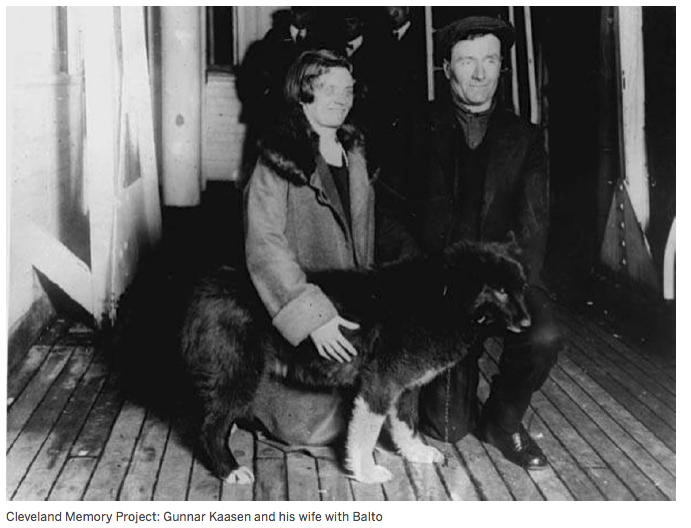Like pretty much everyone in the US (is this a problem in other countries too?) I am so plagued with robocalls that I have stopped answering the phone and wait to see if I know the person who is leaving a message before picking up. But very often, the phone rings, the answering message picks up, but then the call is immediately cut with no message left. That puzzled me because I assumed that these calls were entirely automated and a computer would leave a recorded message. Was the computer able to distinguish between an answering machine message and a real person in a matter of a second or two? That seemed pretty sophisticated. Sometimes I do get a recorded message but that is rare.
[Read more…]



